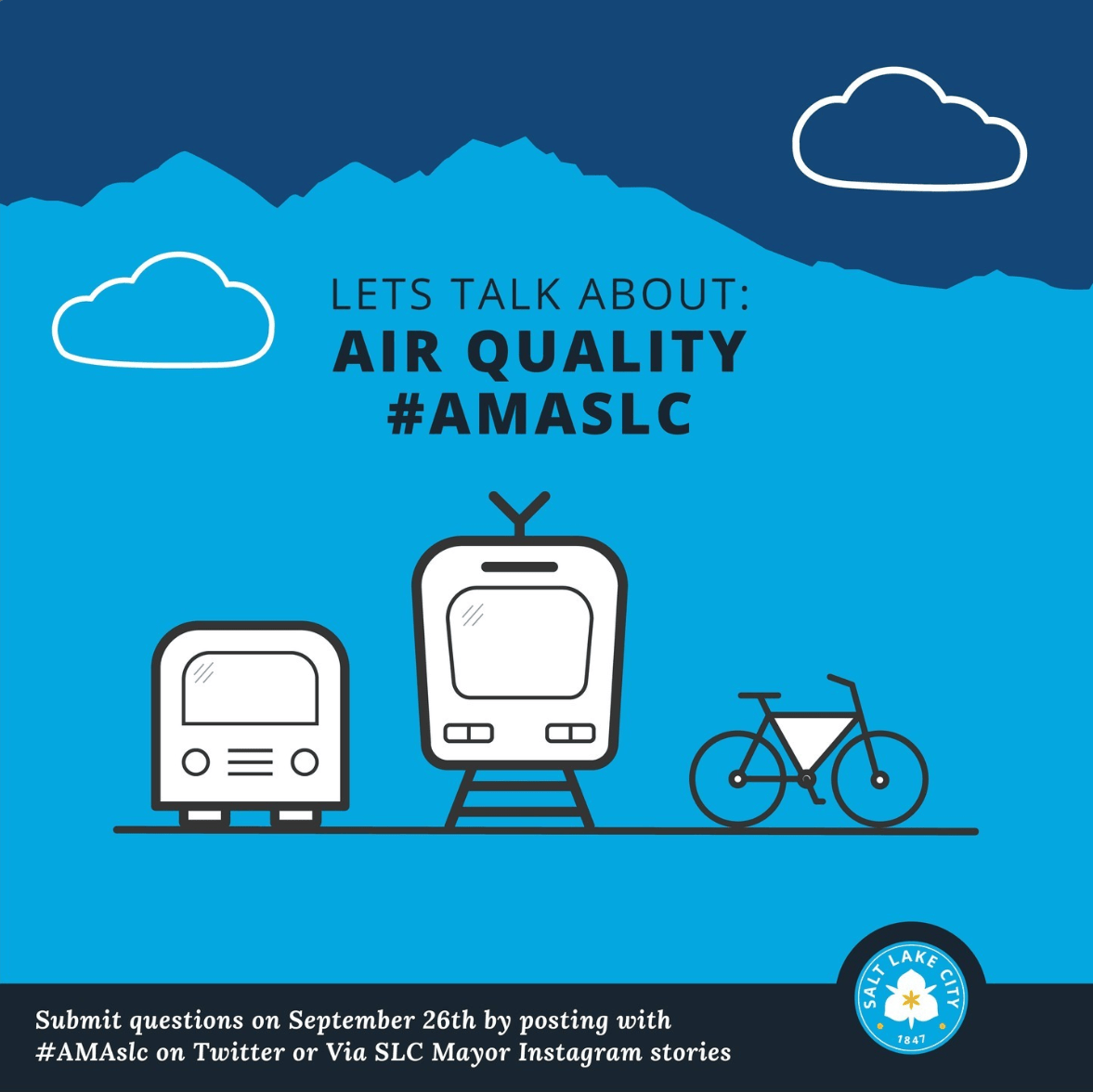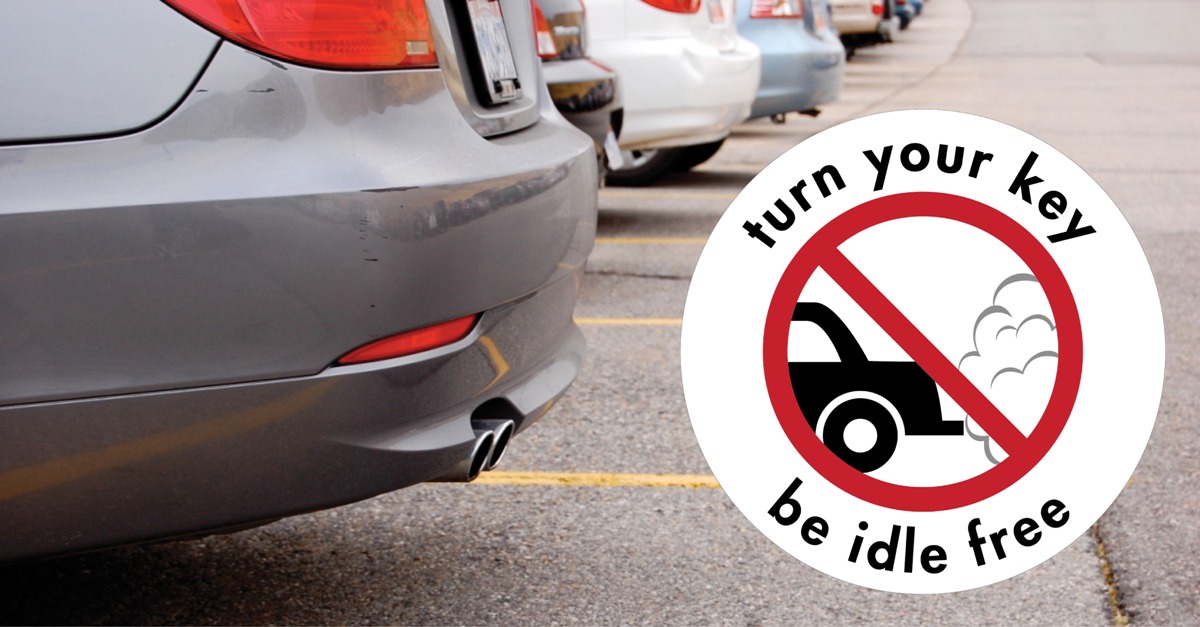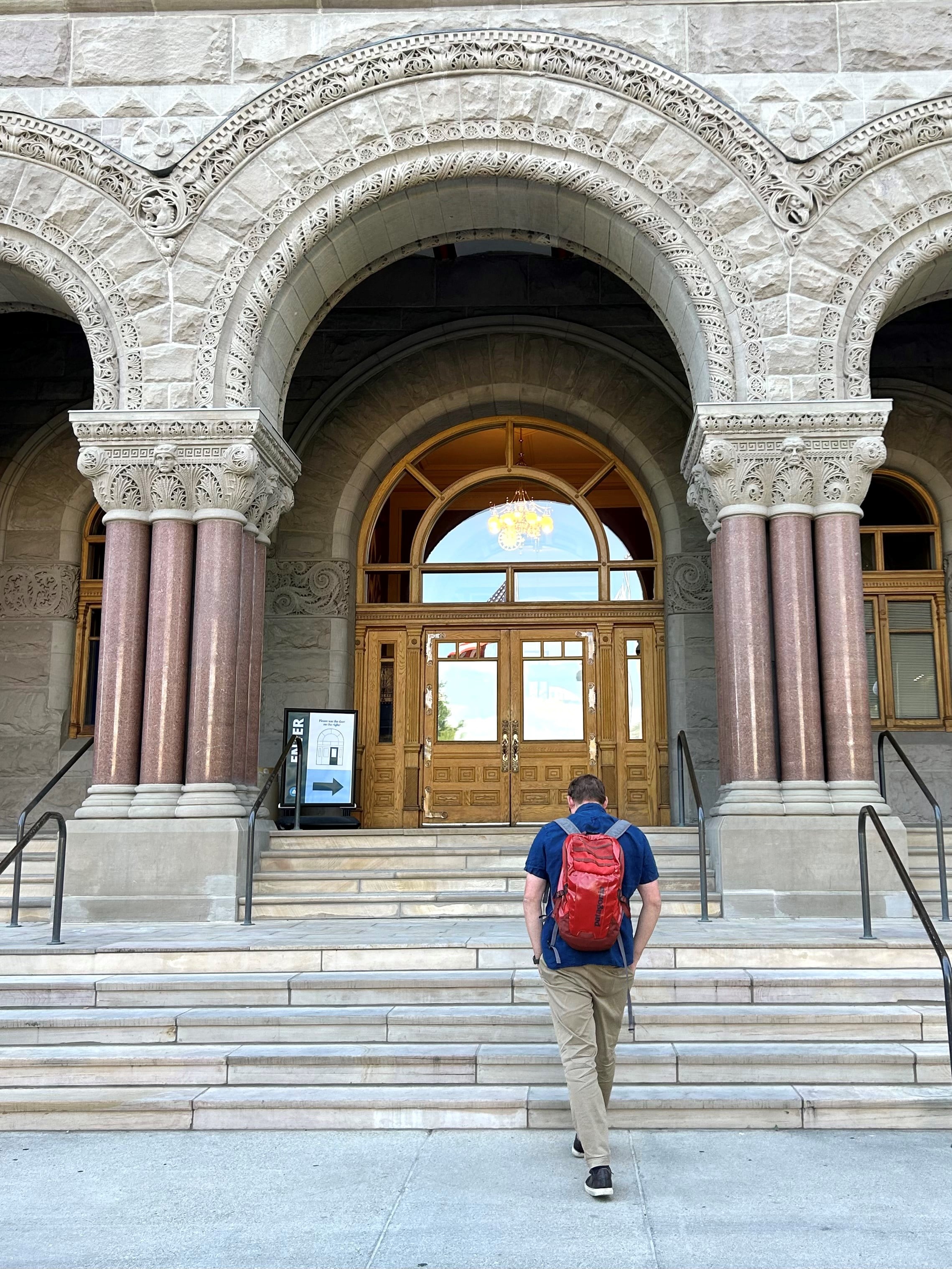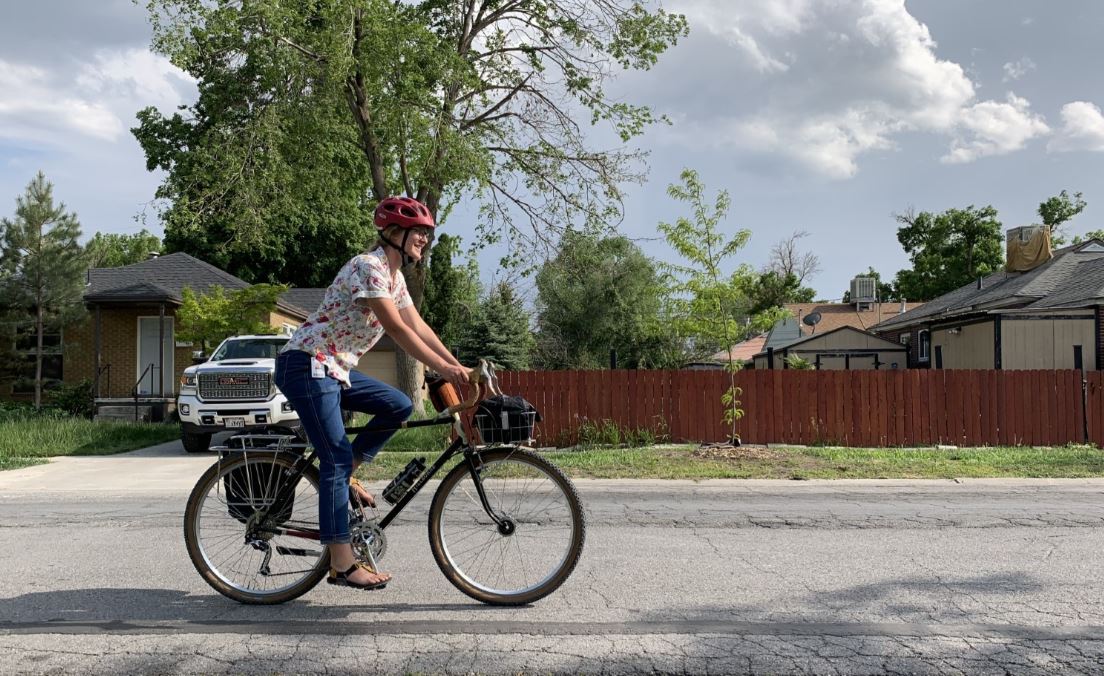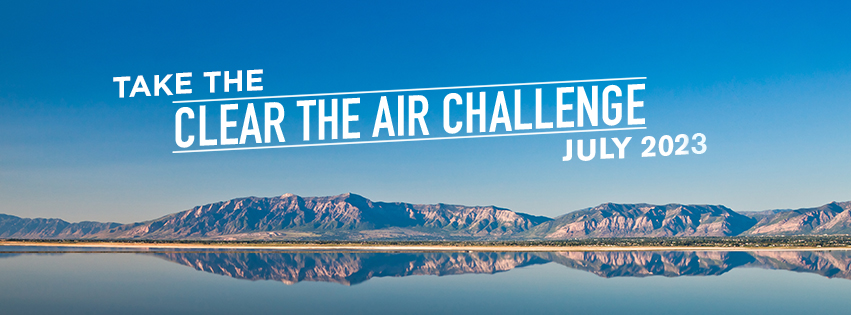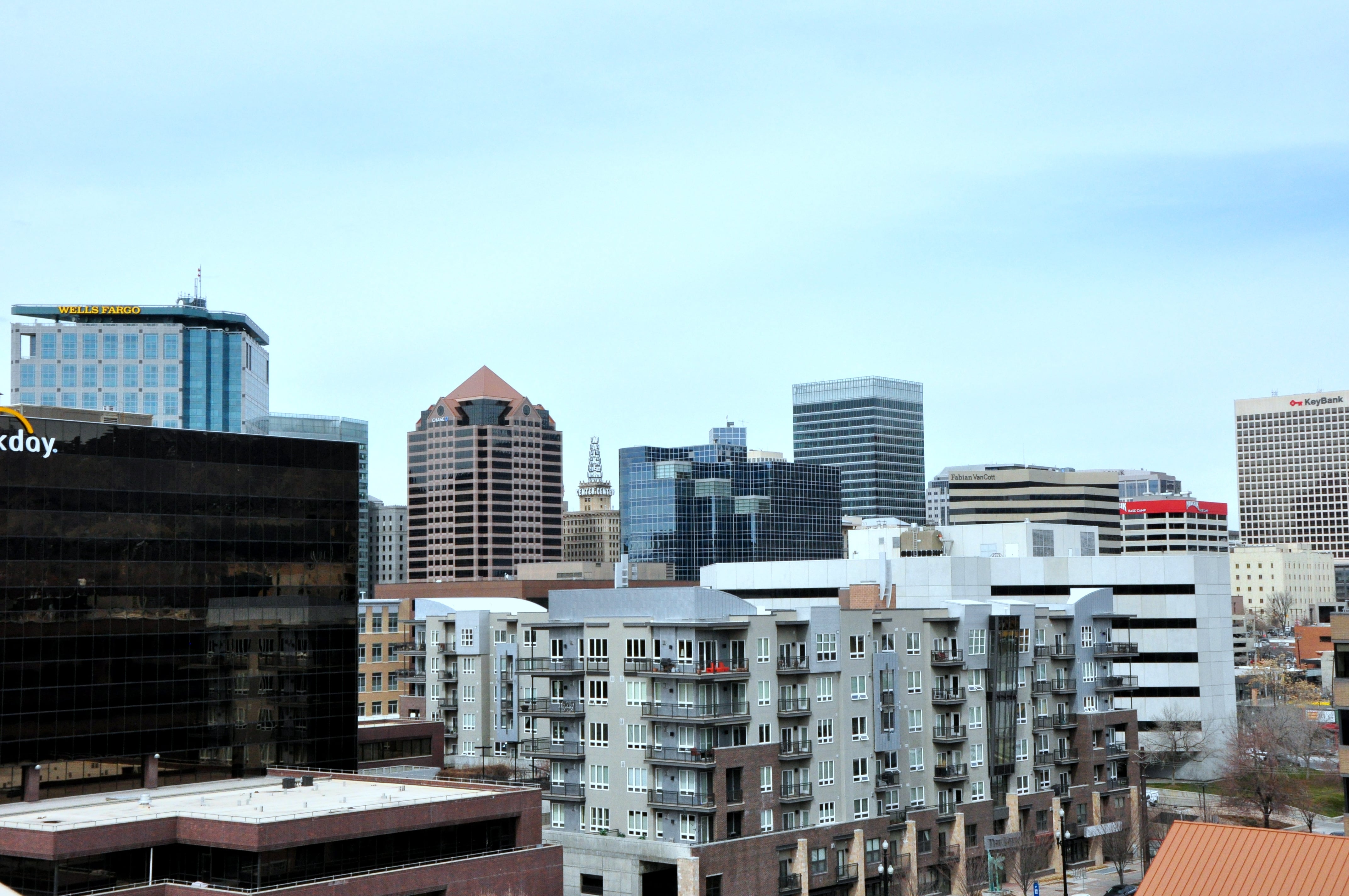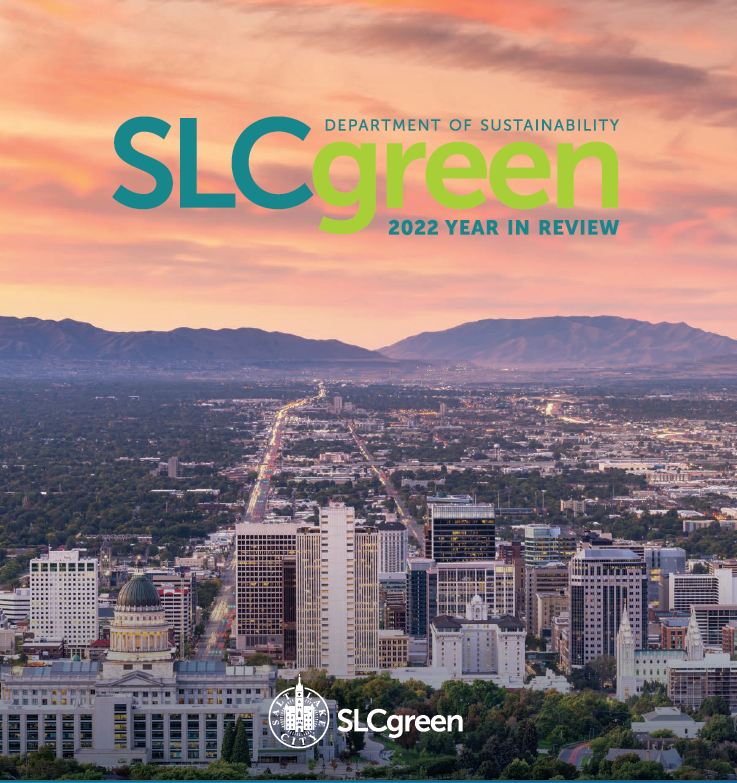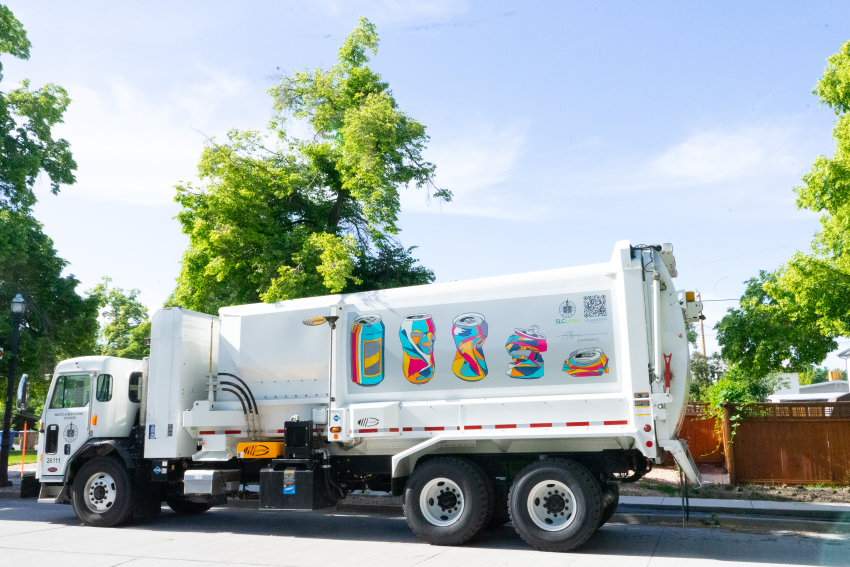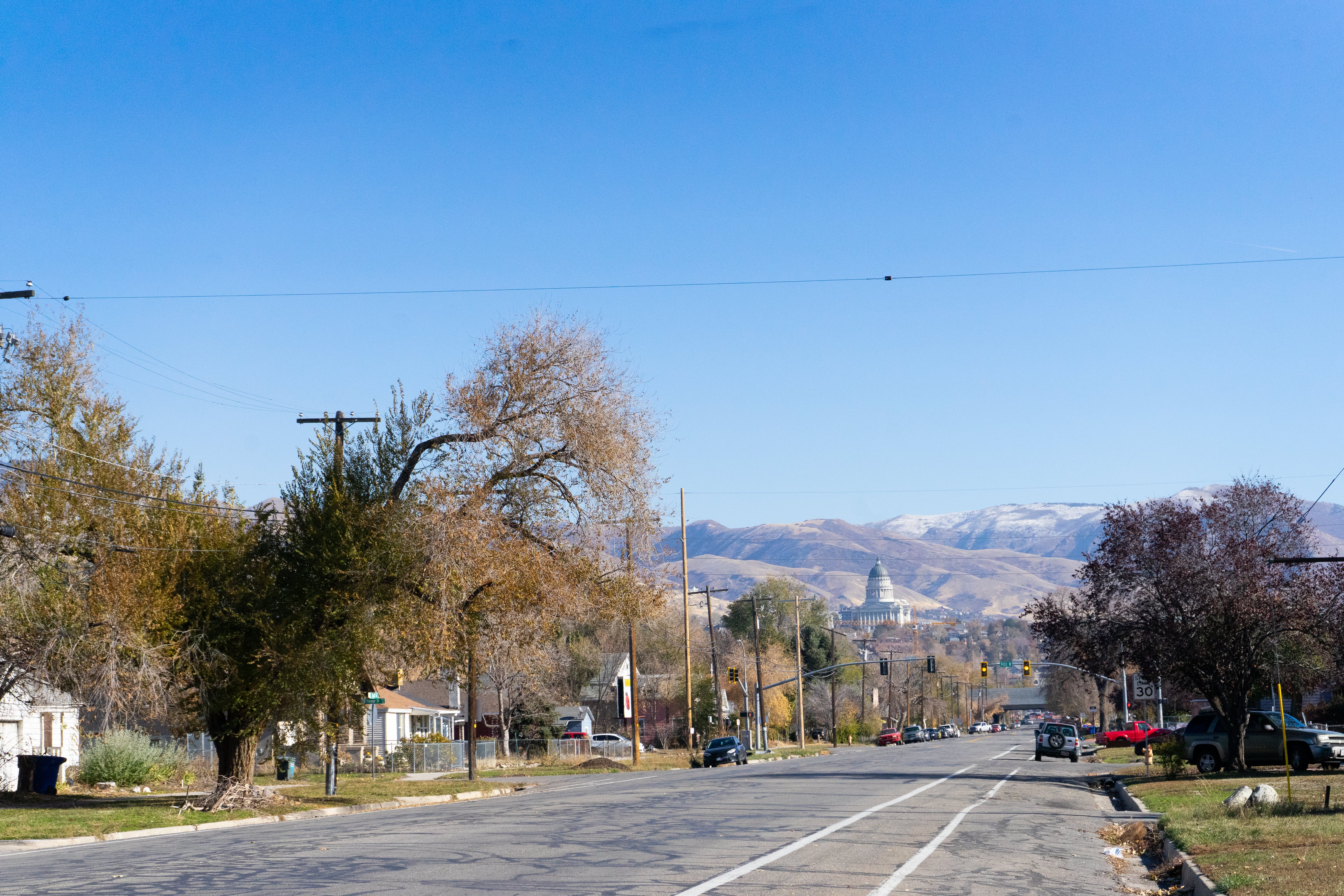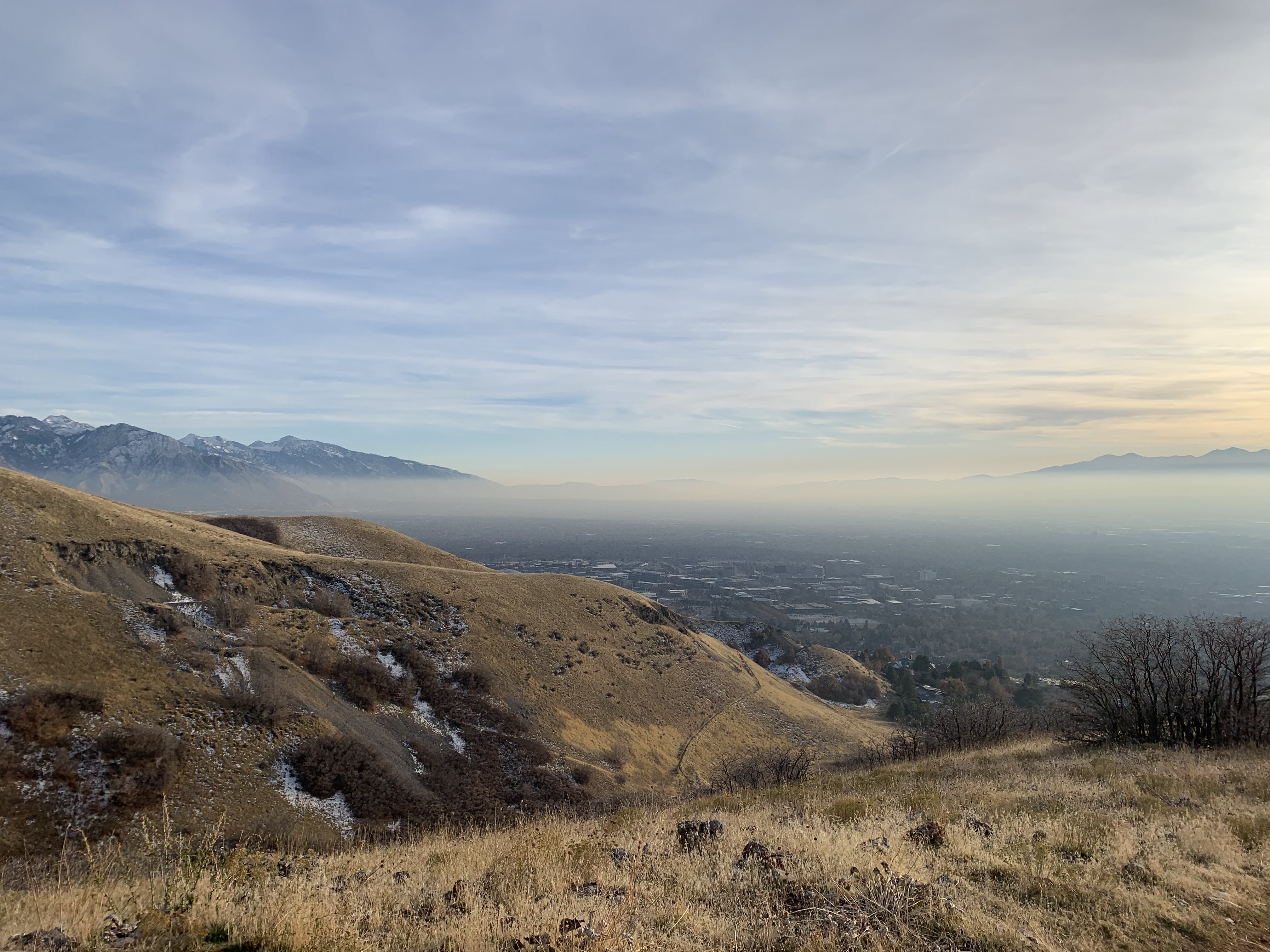By SLCgreen Staff Jude Westwood

Two weeks ago, I flew from Salt Lake City to Columbus, Ohio, to visit my family. I left during the peak of our first wintertime inversion; smog settled so thickly in the valley that I hadn’t been able to see the Wasatch Range in several days. The inversion was top of mind as I nursed a sore throat, feeling envious of my Midwestern family and friends who can take good air quality for granted.
As I sat down for breakfast at my brother’s house on my first morning in Columbus, my 11-year-old nephew focused in on the “I ❤ Clean Air” sticker on my Nalgene.
“Isn’t that kind of obvious?” he asked, eyes squinted with skepticism.
“You would think,” I said, grimacing. I took a moment to think of how to explain to him, and glancing around at our breakfast dishes, I had an idea.
Continue reading
